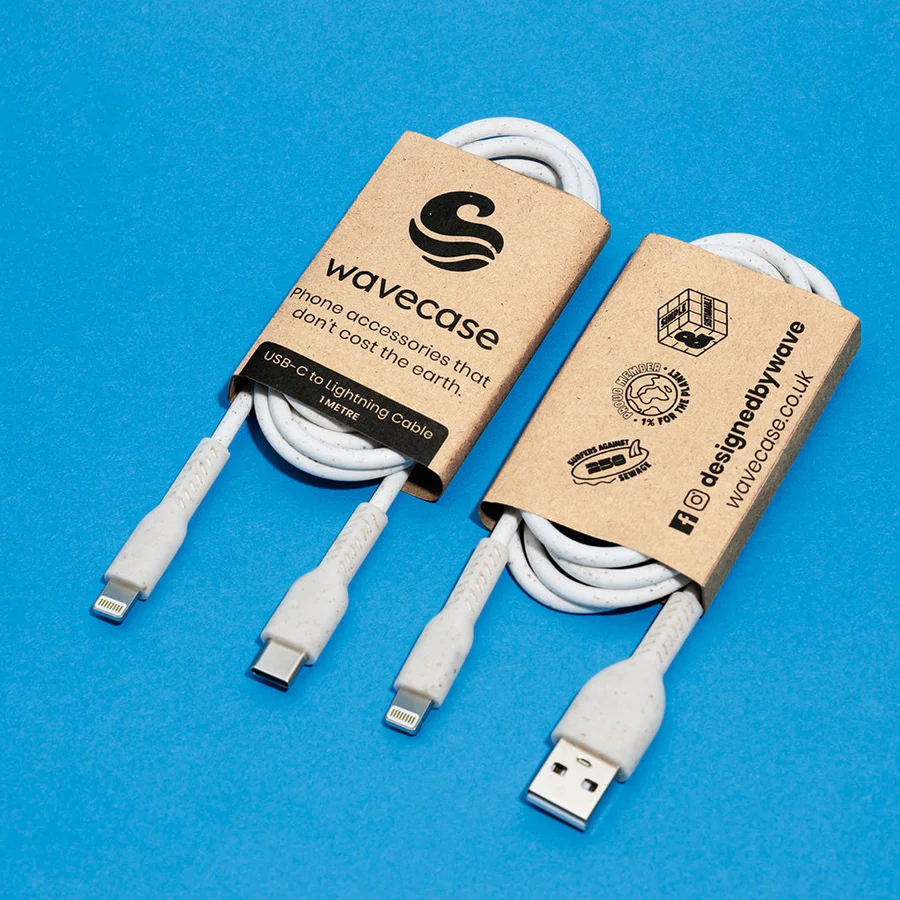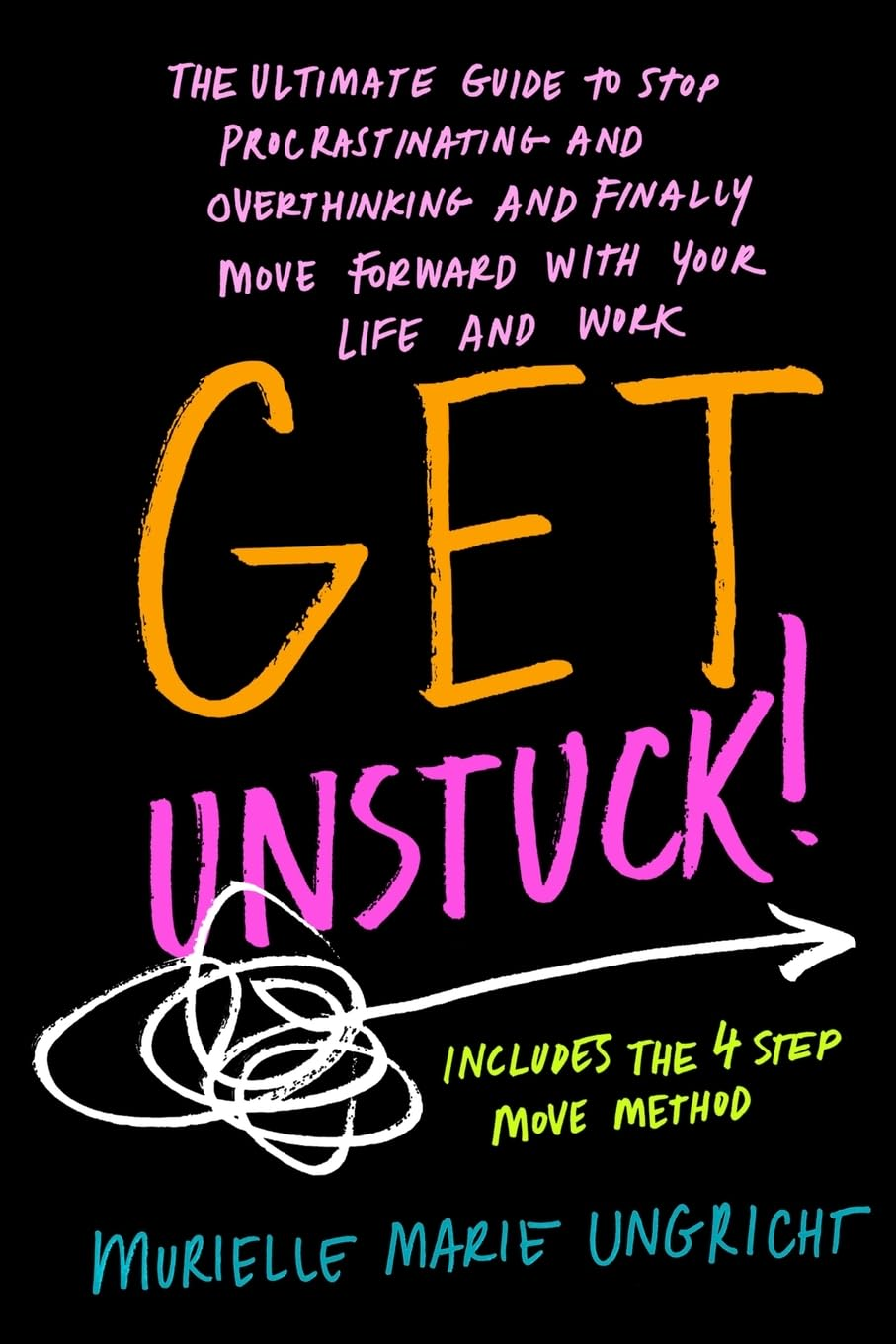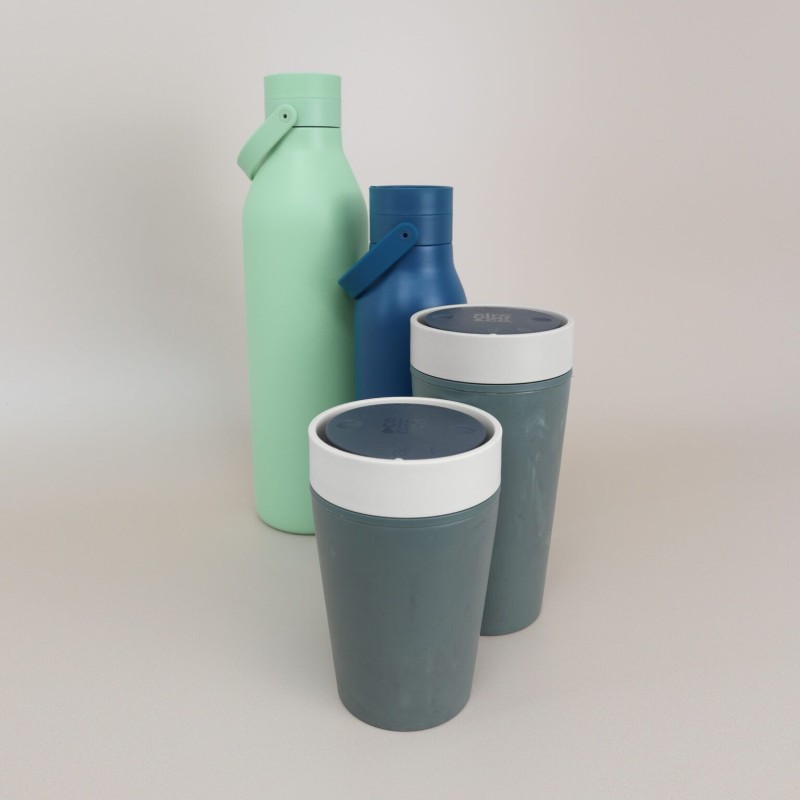Wavecase (zero waste charging cables)

These bio-based charging cables have exteriors made from plant-based materials, sold in an easy-to-recycle paper sleeve. Engineered with lightning-fast data transfer speeds, so you don’t compromise on performance.
Check devices before choosing a charger, and never overload sockets.
recable is a German company that makes zero waste charging cables and other devices. Made with vegan conflict-free materials (and wrapped in a paper belly band), they are easy to recycle, and lovingly handmade to fast-charge your smartphone. In pretty colours, they have almost half the carbon footprint of conventional cables.
Due to adapters being glued by others, their manufacturer can’t provide precise info if lightning cable glue used is vegan (it may be, they are trying to find out). All other items are vegan.






